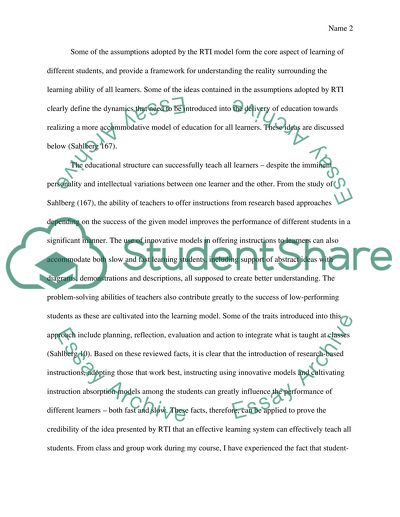Cite this document
(“Ideas From Response to Intervention Research Paper”, n.d.)
Retrieved from https://studentshare.org/education/1448357-please-see-attached
Retrieved from https://studentshare.org/education/1448357-please-see-attached
(Ideas From Response to Intervention Research Paper)
https://studentshare.org/education/1448357-please-see-attached.
https://studentshare.org/education/1448357-please-see-attached.
“Ideas From Response to Intervention Research Paper”, n.d. https://studentshare.org/education/1448357-please-see-attached.


